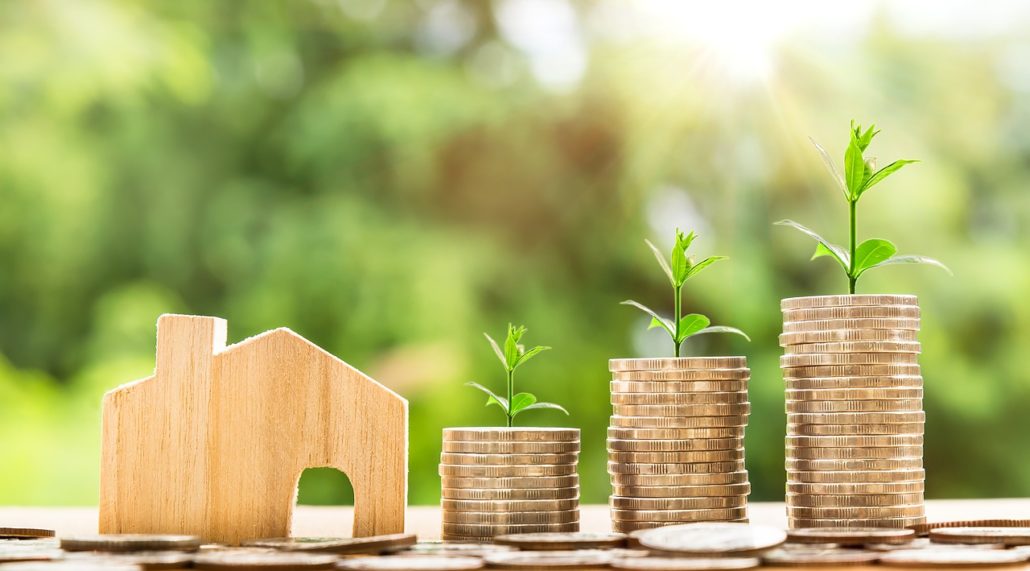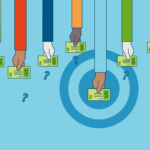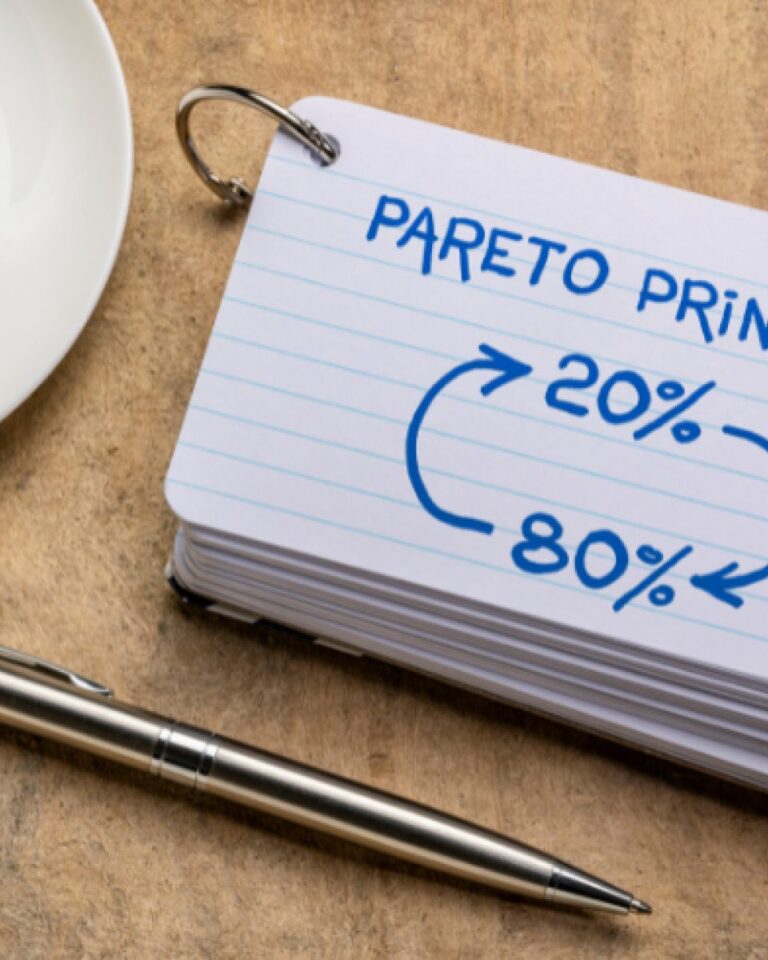What is Smart Pricing on Airbnb?
Ever wondered how to maximise your profits as an Airbnb host without spending hours analyzing the market? Then you’ve probably heard about Airbnb’s Smart Pricing. This feature, intended to make the pricing process less daunting, might just be the solution for you. Let’s delve into the world of Airbnb’s Smart Pricing and how it can influence your earnings from both short-term and long-term rentals.
Contents
The Concept of Smart Pricing
Smart Pricing is an automatic pricing tool developed by Airbnb. It uses machine learning algorithms to adjust listing prices based on a myriad of dynamic market forces. These include elements like local demand, seasonality, the uniqueness of a property, and over 70 other factors which impact pricing decisions in real estate.
This intelligent pricing model seeks to optimize both occupancy rates and profitability. It secures bookings when demand is low by reducing the price but adjusts upward during high-demand periods or special events. Essentially, Smart Pricing aims to find that sweet spot between competitive pricing and profitable returns.
Features of Airbnb Smart Pricing
A key feature of Airbnb’s Smart Pricing is flexibility. Hosts have the option to set minimum and maximum price limits on their listings. Consequently, no matter the changes in demand, rates will never fall below or exceed these specified boundaries.
Furthermore, according to Airbnb, even with Smart Pricing enabled, over 60% of a listing’s reservations end at a price equal to or higher than the minimum set by the hosts themselves. This offers hosts some form of control over their pricing strategy while still enjoying the benefits of dynamic pricing analysis offered by Smart Pricing.
How Smart Pricing Works
 At its core, Smart Pricing operates on a complex algorithm. It analyzes numerous factors such as type of property, amenities available, location, seasonality, and even events nearby. With changes in these factors, prices can be updated daily to reflect fluctuations in demand and supply.
At its core, Smart Pricing operates on a complex algorithm. It analyzes numerous factors such as type of property, amenities available, location, seasonality, and even events nearby. With changes in these factors, prices can be updated daily to reflect fluctuations in demand and supply.
During special events or holidays when demand peaks, Smart Pricing may raise a home’s nightly rate by up to 2-3 times the usual rate, depending on the market place. This way, it ensures hosts capitalize on high-demand periods to maximize their returns.
Advantages of Using Smart Pricing
One striking advantage of using Smart Pricing is its high precision due to its data-backed approach that leverages Airbnb’s massive dataset. With over 70 factors considered in its pricing algorithm, it gives hosts an edge over traditional manual pricing. Additionally, it eliminates the need for time-consuming market research.
Another advantage is its ability to increase the occupancy rate of a listing. By reducing prices during lower demand periods, Smart Pricing makes the accommodation more competitive thereby attracting guests. Plus, with the automatic updates developed into its system, your price remains relevant in real-time market conditions, keeping you ahead of competition.
Drawbacks of Airbnb Smart Pricing
Despite its numerous benefits, Smart Pricing has some drawbacks too. Its heavy reliance on algorithms can lead to undervaluation of unique property features sometimes. While algorithms excel at analyzing quantitative data like location and seasonality, they might not fully capture qualitative aspects like a home’s aesthetic appeal or a host’s personalized touches.
Moreover, because Airbnb’s primary goal is to maintain high occupancy rates across all listings for platform success, some hosts feel that the tool tends to set prices below their comfort level. Consequently, while it increases occupancy rates at times, it may compromise profitability for individual hosts.
Optimizing Profits with Smart Pricing
To take full advantage of Smart Pricing, you should strategically set your minimum and maximum price boundaries. This allows the pricing tool to fluctuate within a range that’s comfortable for your financial expectations. The frequency of pricing adjustments ensures that your listing stays competitive without necessarily compromising on your profits.
Constant review of your minimum and maximum prices is also essential for making the most from Smart Pricing. Make sure to adjust them appropriately before high-demand seasons or major events around your area to capture the surge in demand.
Smart Pricing Versus Manual Pricing
The difference between Smart Pricing and manual pricing is like day and night. In manual pricing, hosts independently research market trends and adjust their prices accordingly. On the flip side, Smart Pricing automatically adjusts listing prices, saving hosts ample time and effort associated with manual pricing.
Moreover, manual pricing may fail to accurately capture rapid changes in market demand due to its lack of real-time responsiveness. Therefore, while it offers complete control over pricing decisions (a huge attraction for some hosts), it may fall behind in terms of market adaptability compared to Smart Pricing’s dynamic approach.
Note the Conclusion
In essence, Airbnb’s Smart Pricing tool can transform your hosting experience by leveraging market data and analytics. It can spell increased occupancy rates and optimized profits if used correctly. While it is not without its drawbacks such as potential underpricing, a wise application can yield beneficial results for hosts willing to harness its potential. Lastly, understanding how it works will help you make more informed hosting decisions that marry with your comfort zone.










